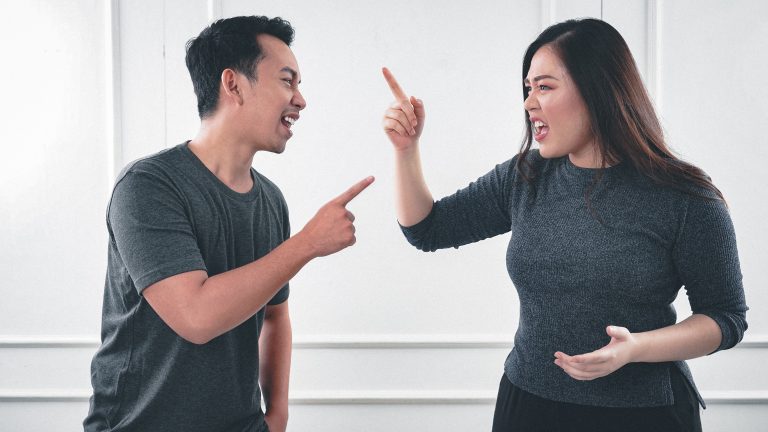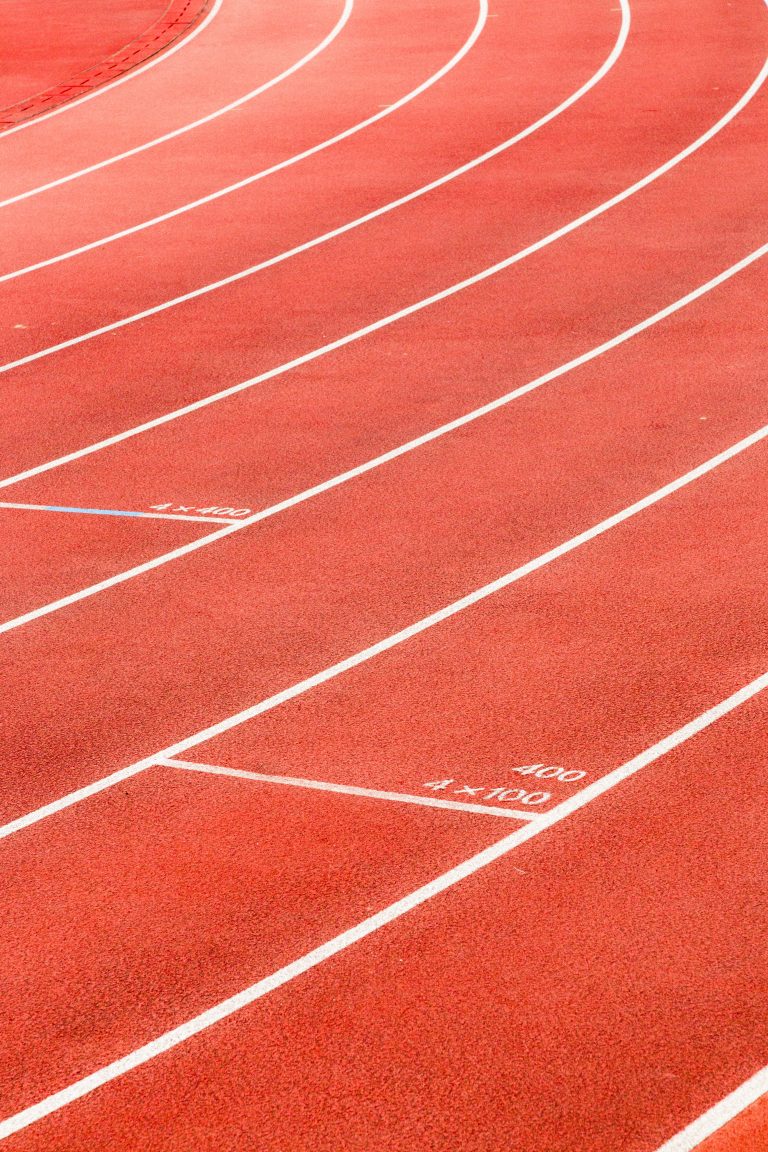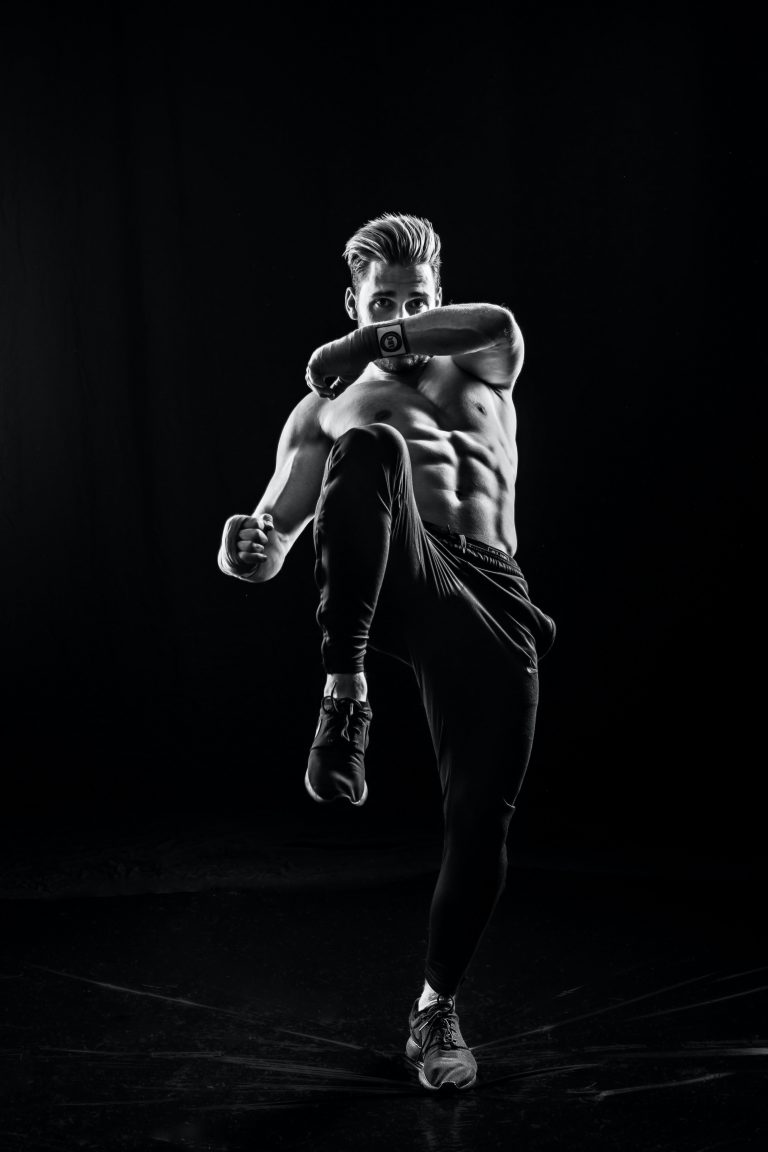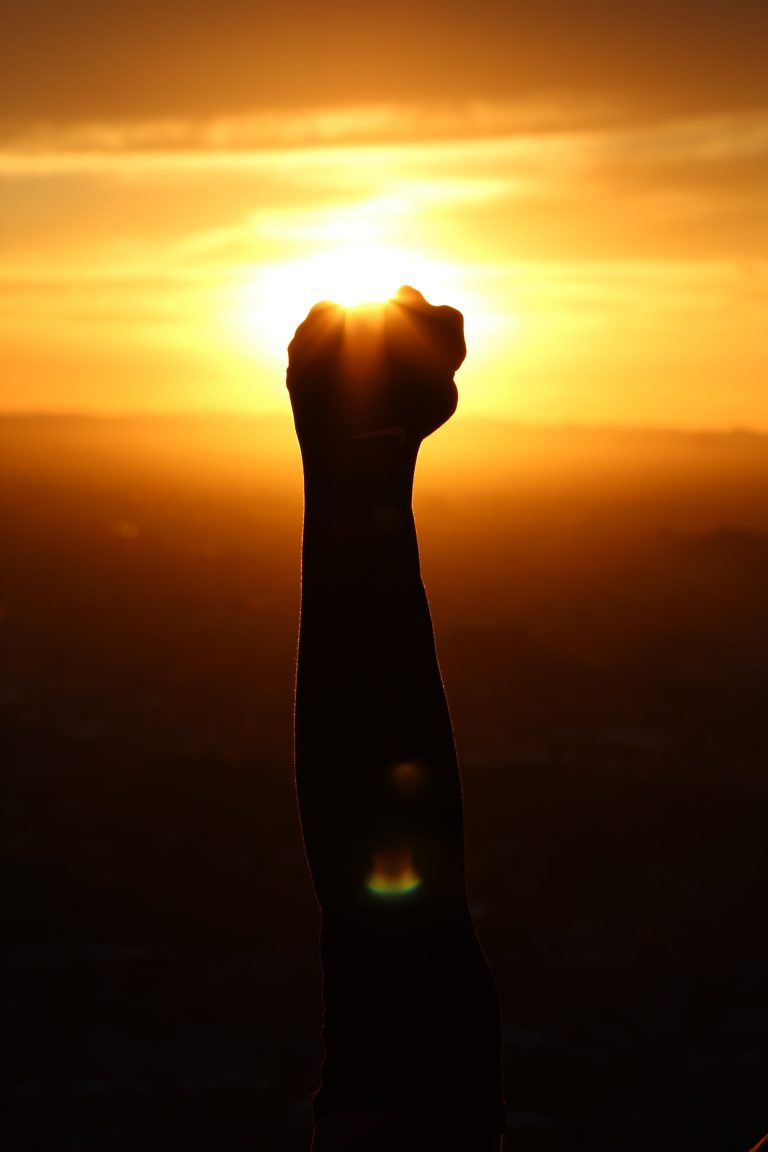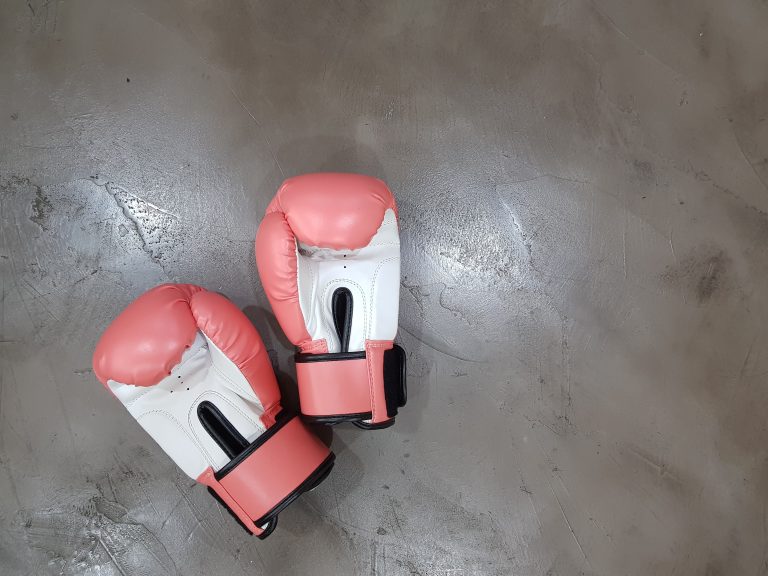What is Karate in French?
Karate is a popular martial art that originated in Okinawa, Japan. It is practiced by millions of people all over the world for self-defense, physical fitness, mental discipline, and competition. The word „karate“ is of Japanese origin and literally means „empty hand.“ However, if you’re wondering what karate is in French, the answer is „le karaté.“
The French language, like many other languages, has its own set of words and phrases that are used to describe and communicate the concepts and techniques of karate. In this article, we will explore some of the basic vocabulary and terminology that you will encounter when learning or practicing karate in a French-speaking environment.
Basic Vocabulary
Before delving into more specific terminology, it’s important to start with some basic vocabulary. Here are some common terms in karate, translated into French:
– Karatéka: A person who practices karate
– Dojo: A karate training hall
– Sensei: A karate teacher or instructor
– Gi: A karate uniform
– Kata: A formal series of karate movements practiced alone or with a partner
– Kumite: Sparring, or fighting, with another karate practitioner
– Oss: A common greeting or affirmation used in karate, which means „push forward“ or „persevere“
Specific Terminology
Now that we have covered some general terms, let’s move on to more specific terminology. In karate, each technique and movement has its own name, which is useful for instruction, reference, and communication. Here are some examples of karate techniques and their corresponding French translations:
– Punch: Coup de poing
– Kick: Coup de pied
– Block: Blocage
– Strike: Frappe
– Stance: Position
– Chop: Coup de tranchant
– Elbow strike: Coup de coude
– Knee strike: Coup de genou
– Throw: Projection
Counting in Japanese
In addition to French translations, it’s also important to understand the Japanese counting system that is commonly used in karate. The Japanese language uses a different number system than French or English, so it’s helpful to be familiar with these numbers when practicing or training. Here are some basic numbers in Japanese and their French translations:
– 1: ichi (un)
– 2: ni (deux)
– 3: san (trois)
– 4: shi/yon (quatre)
– 5: go (cinq)
– 6: roku (six)
– 7: shichi/nana (sept)
– 8: hachi (huit)
– 9: ku/kyu (neuf)
– 10: juu (dix)
What is karate in French?
Karate is a popular martial art that originated in Japan. In French, karate is spelled the same way and pronounced as “karaté”. The word “karaté” is derived from the Japanese words “Kara” meaning “empty” and “te” meaning “hand”. It is a martial art focused on striking techniques, including kicks, punches, and knee/elbow strikes, as well as blocking and defensive movements.
As karate has become increasingly popular in France, several questions have arisen about the martial art. In this post, we’ll address the most frequently asked questions about karate in French to help you better understand this sport.
What are the different styles of karate in France?
There are many different styles of karate in France, ranging from traditional to modern. Some of the most popular karate styles in France include Shotokan, Goju-Ryu, Wado-Ryu, Kyokushin, and Shito-Ryu.
Shotokan is one of the most widely practiced karate styles in France. It emphasizes long, powerful striking techniques and fluid, dynamic movements. Goju-Ryu, on the other hand, is a more traditional style of karate that places a greater emphasis on close-range combat and defensive movements. Wado-Ryu is a style of karate that incorporates elements of both Shotokan and Goju-Ryu, focusing on quick, evasive movements and strong, precise strikes. Kyokushin is a full-contact karate style that is known for its rigorous training regimens, and its practitioners often participate in competitions. Finally, Shito-Ryu is a traditional karate style that combines fluid, graceful movements with powerful strikes.
Can karate help with self-defense?
Yes, karate can be an effective form of self-defense. Karate teaches students how to use their body effectively, and how to strike and defend themselves in a variety of situations. With proper training and practice, karate can provide students with the skills and techniques they need to defend themselves if necessary.
It’s important to note, however, that self-defense is not just about physical techniques. Students of karate also learn important mental and emotional skills, such as situational awareness, conflict resolution, and self-control, that can be just as important in preventing or diffusing confrontations.
Do you need to be in good physical shape to practice karate?
Karate can be a physically demanding sport, and it’s important for practitioners to be able to perform a wide range of physical movements and techniques. However, you don’t necessarily need to be in top physical shape to start practicing karate.
Most instructors will encourage students to work at their own pace, and to gradually build up their strength and stamina over time. With regular practice, most students find that their physical fitness improves, and they are better able to perform the techniques and movements involved in karate.
Do you need any special equipment to practice karate?
To practice karate, you’ll need a few basic pieces of equipment. Most importantly, you’ll need a karate uniform, or gi, which typically includes a jacket, pants, and belt. You may also want to invest in some protective gear, such as gloves, shin guards, and a mouth guard, particularly if you plan on sparring or participating in competitions.
Other optional equipment includes training bags, focus mitts, and striking pads, which can help you develop your techniques and improve your striking power. However, most karate schools will have all of the necessary equipment available for students to use during classes.
Is karate suitable for children?
Yes, karate can be a great sport for children to participate in. In addition to providing a fun and engaging physical activity, karate also teaches children important life skills, such as self-discipline, respect, and perseverance.
Most karate schools offer children’s classes that are specifically designed to focus on the needs and abilities of young students. These classes typically involve games, drills, and other activities that help kids develop their physical coordination, balance, and strength, as well as their mental focus and concentration.
What are the benefits of practicing karate?
There are many benefits to practicing karate, both physical and mental. Some of the most notable benefits include:
– Improved physical fitness: Karate involves a wide range of physical movements and techniques, which can help improve your strength, flexibility, and stamina.
– Better coordination and balance: Karate requires precise, controlled movements, which can help improve your coordination and balance.
– Increased self-confidence: As you progress in karate, you’ll gain new skills and achieve new goals, which can boost your self-esteem and confidence.
– Enhanced mental focus and concentration: Karate requires mental focus and concentration, which can help improve your ability to concentrate and stay focused in other areas of your life.
– Reduced stress and anxiety: Engaging in regular physical activity, such as karate, is a proven way to reduce stress and anxiety.
How to understand Karate in French
Karate is a popular martial arts discipline that originated in Okinawa, Japan. It has evolved over the years and is now practiced all over the world, including in France. If you’re interested in learning about karate in French, this guide will provide you with step-by-step instructions on how to understand the discipline.
Step 1: Learn common French terms used in Karate
The first step to understanding karate in French is to familiarize yourself with the commonly used terms. Here are some examples:
– Karaté – Karate
– Sensei – Teacher or Master
– Dojo – Training hall
– Kata – A sequence of techniques performed in a specific order
– Kumite – Sparring or fighting practice
– Kihon – Basic techniques
– Waza – technique
– Uke – Attacker
By memorizing the terms, you’ll be able to follow along when watching or reading content about karate in French.
Step 2: Find a good resource in French
The next step is to find a good resource in French that will help you understand karate. You can search online for French websites, podcasts or books that offer karate lessons or talk about the sport. Some websites that offer karate lessons in French include „Karate France,“ which offers online courses for beginners and experienced practitioners, and „Karate Bushido,“ which features videos and articles about karate.
You can also look for books that provide translations of the most commonly used karate terms. These can be especially useful if you plan on practicing karate in France.
Step 3: Start with the Basics
Once you’ve found a good resource in French, start with the basics of karate. This means learning about the different karate stances, hand positions, and footwork.
You can also learn basic techniques such as punches, kicks, and blocks. Many resources will teach you these basics step-by-step, using pictures and detailed explanations to help you master the moves. Pay attention to the explanations provided in French to ensure you understand the concepts.
Step 4: Watch Videos in French
Watching videos in French is a great way to get an idea of how karate is practiced. Look for videos of karate tournaments or training sessions where instructors and students are speaking in French. This will help you get used to hearing karate terms pronounced in French.
Some useful channels include „FFKDA TV,“ which features videos from tournaments and competitions throughout France, and „Karate Shotokan,“ which provides tutorials for beginner and advanced students alike.
Step 5: Practice and Get Feedback
The last step in understanding karate in French is to practice and get feedback. Join a karate class or club in France to get hands-on experience and guidance from a qualified karate Sensei. This will help you put your new knowledge into practice and improve your skills.
As you practice, take note of any areas where you might need to improve and ask your Sensei for feedback. They can provide valuable insights that will help you develop your skills further.
Conclusion
Karate in French may seem challenging at first, but with the proper resources, understanding the discipline is very feasible. Learn the common French terms, find a good resource in French, start with the basics, watch videos in French, and practice with feedback. By following these steps, you can become proficient in karate in French and become more involved in the community.
Inhaltsverzeichnis

